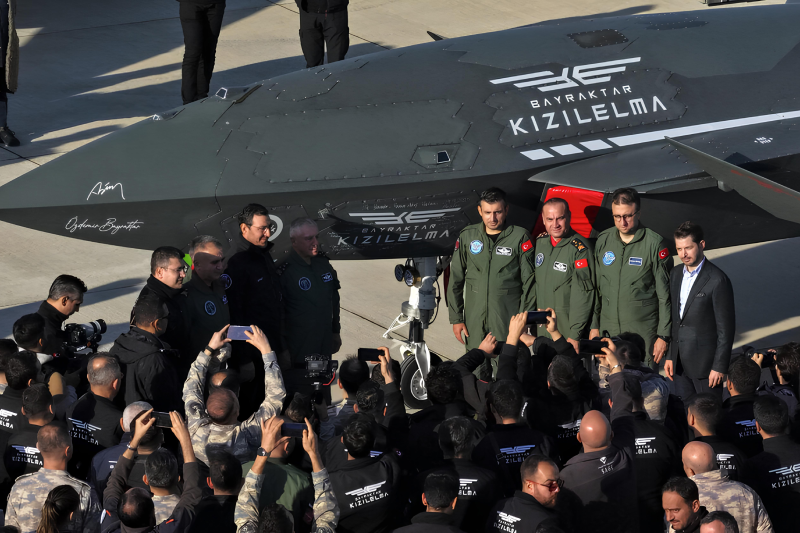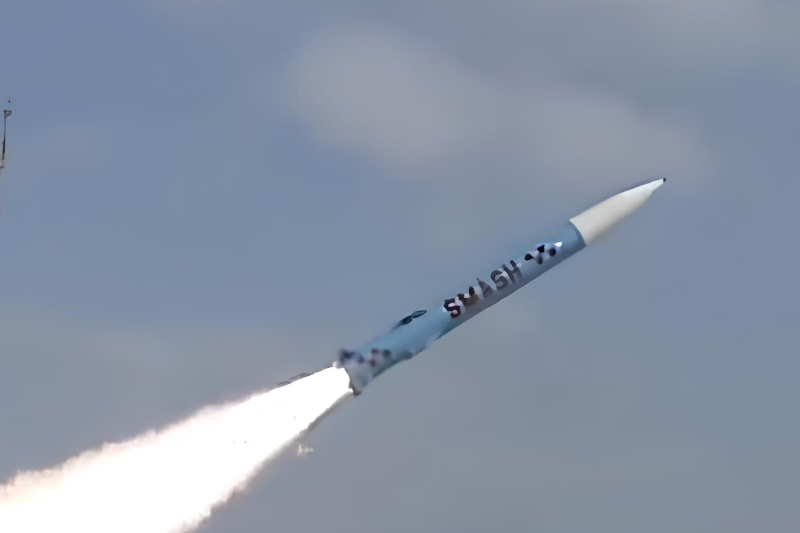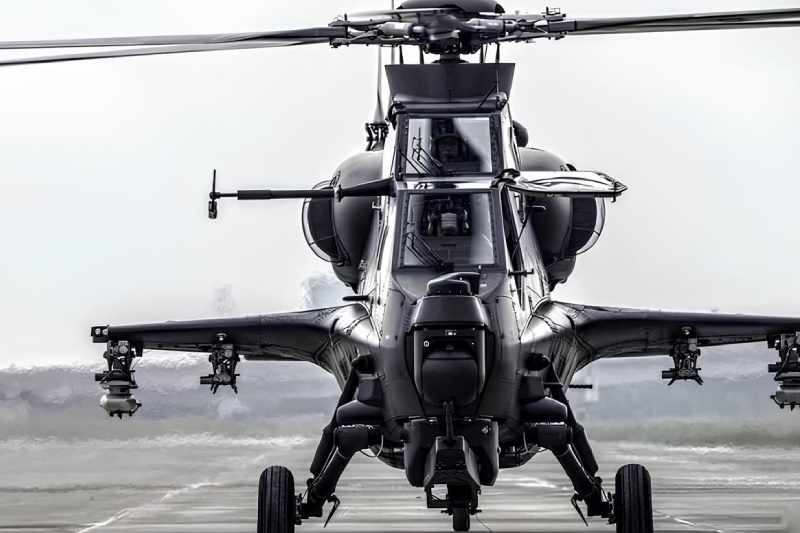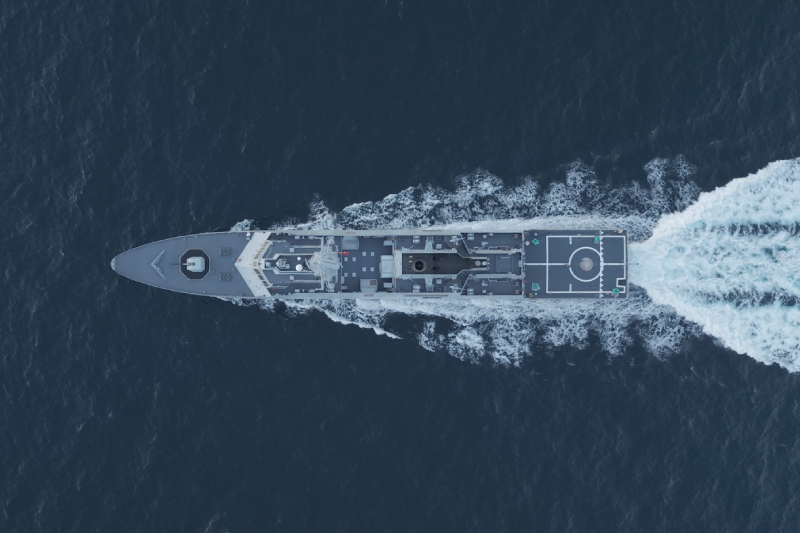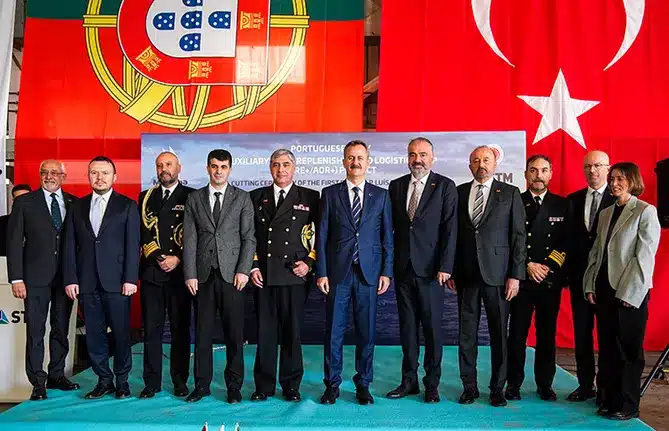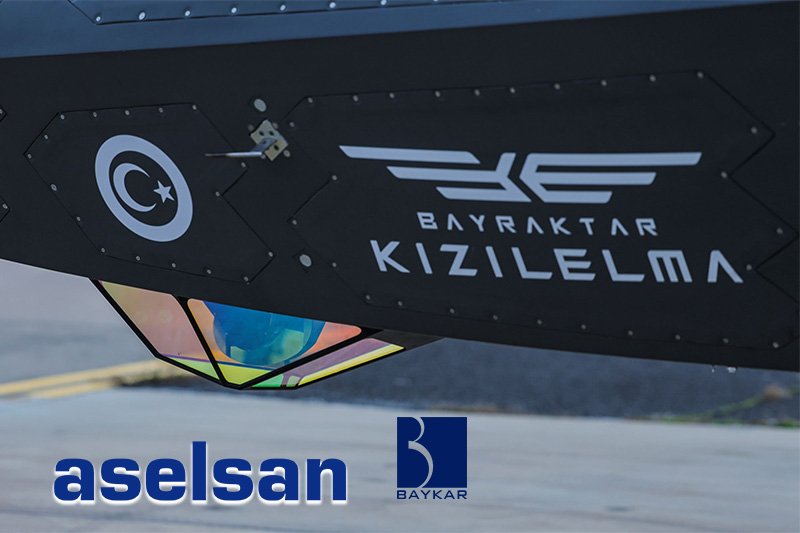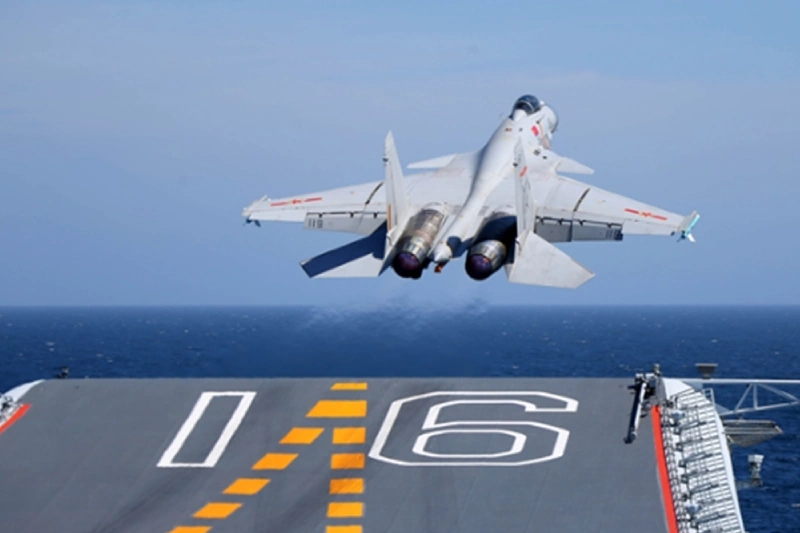PLA Navy’s Liaoning Holds Drills Amid Japanese Media Reaction
The Chinese People’s Liberation Army (PLA) Navy’s flagship aircraft carrier Liaoning has conducted comprehensive damage control exercises as part of routine naval operations, highlighting China’s expanding maritime capabilities in the East China Sea region. These strategic training exercises demonstrate the PLA Navy’s commitment to maintaining combat readiness while Japanese defense officials monitor Chinese naval activities with increasing attention.
Military experts emphasize that such damage control drills represent standard operational procedures essential for maintaining aircraft carrier combat effectiveness, rather than targeted preparations for specific military scenarios.
Enhances Combat Readiness
The Liaoning‘s recent damage control exercises involved comprehensive emergency response protocols executed by specially trained crew members equipped with advanced protective gear and specialized equipment. Personnel practiced critical emergency procedures including fire reconnaissance operations, smoke control management, and emergency medical response protocols in coordinated training scenarios.
According to official PLA Daily reports, the exercises were conducted with precision and organizational efficiency, demonstrating the crew’s proficiency in handling potential combat damage scenarios. Simultaneously, the carrier maintained normal flight operations, with aircraft conducting takeoff and landing procedures during the training period.
These multi-faceted exercises showcase the Liaoning‘s operational capabilities while crew members maintain readiness for various emergency situations that could occur during naval operations.
Military Expert Analysis on Routine Naval Training
Wang Yunfei, a prominent Chinese military affairs analyst, explained that damage control exercises constitute fundamental components of naval vessel training programs across all modern navies. Such training ensures that warships can continue operating effectively even after sustaining damage during potential combat situations, preventing cascading failures that could compromise mission success.
The expert emphasized that these exercises occur regularly as part of standard naval training protocols and are not directed toward any specific nation or conflict scenario. Damage control capabilities directly correlate with a vessel’s overall combat effectiveness, making such training essential for maintaining operational readiness.
Regular training exercises ensure crew members can respond quickly and effectively to various emergency scenarios, from equipment malfunctions to potential combat damage requiring immediate intervention.
Japanese Defense Ministry Monitoring Chinese Naval Activities
Japan’s Ministry of Defense Joint Staff reported tracking a Chinese naval formation consisting of five vessels, including the aircraft carrier Liaoning, two Type 052D guided missile destroyers, and two Type 054A guided missile frigates operating approximately 200 kilometers north of Huangwei Yu, an islet near the disputed Diaoyu Islands.
Japanese news outlets, including NHK, characterized this as the first confirmed instance of Chinese fighter aircraft conducting takeoff and landing operations from a carrier in East China Sea waters. However, Chinese military experts note that such operations represent normal naval activities as China’s carrier capabilities continue developing.
The Japanese response reflects ongoing regional tensions over maritime boundaries and territorial disputes, though Chinese officials maintain that Diaoyu Dao and affiliated islands constitute Chinese territory under international law.
Expanding Chinese Carrier Operations Across Multiple Theaters
Recent developments reveal coordinated activities across China’s entire aircraft carrier fleet, demonstrating the PLA Navy’s growing operational scope. While the Liaoning conducted East China Sea operations, the second aircraft carrier Shandong simultaneously executed comprehensive flight support exercises at Sanya naval base in Hainan Province.
China’s third aircraft carrier, featuring advanced catapult launch systems, continues intensive sea trials as the vessel approaches operational deployment. This coordinated carrier activity represents a significant expansion of Chinese naval capabilities across multiple maritime theaters.
Song Zhongping, another military affairs expert, noted that increased carrier operations should be expected as China’s naval capabilities mature, emphasizing that such activities represent natural progression rather than escalatory measures.
Also read: Pakistan Navy repels Indian Aircraft Carrier In Arabian Sea
Future Naval Operations and Training Development
The Liaoning‘s expanded operations reflect China’s broader naval modernization strategy aimed at developing blue-water capabilities extending beyond coastal defense missions. Aircraft carriers require extensive training in various maritime environments to maintain tactical and strategic effectiveness across different operational scenarios.
Chinese naval strategy emphasizes the importance of conducting training exercises in both coastal waters and distant maritime regions to develop comprehensive operational capabilities. This approach ensures carrier battle groups can respond effectively to various mission requirements while maintaining deterrent capabilities.
Regional responses to Chinese naval activities highlight ongoing tensions over maritime boundaries and territorial disputes, though military experts stress that routine training exercises should not be interpreted as provocative actions targeting specific nations or regions.
Keep connected with us at Facebook, Twitter, YouTube, Instagram & TikTok for latest defense happening around the globe.
Discover more from International Defence Analysis
Subscribe to get the latest posts sent to your email.


